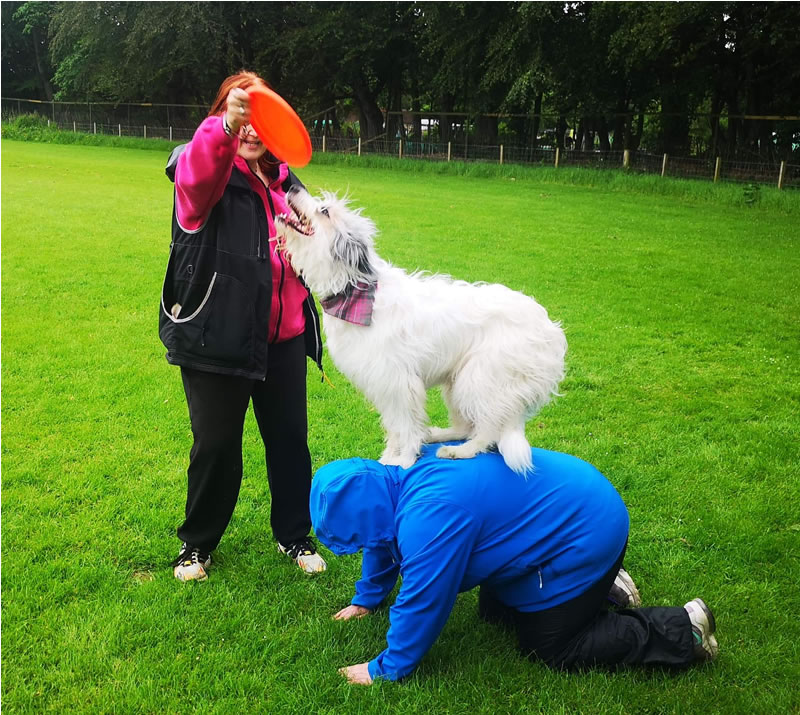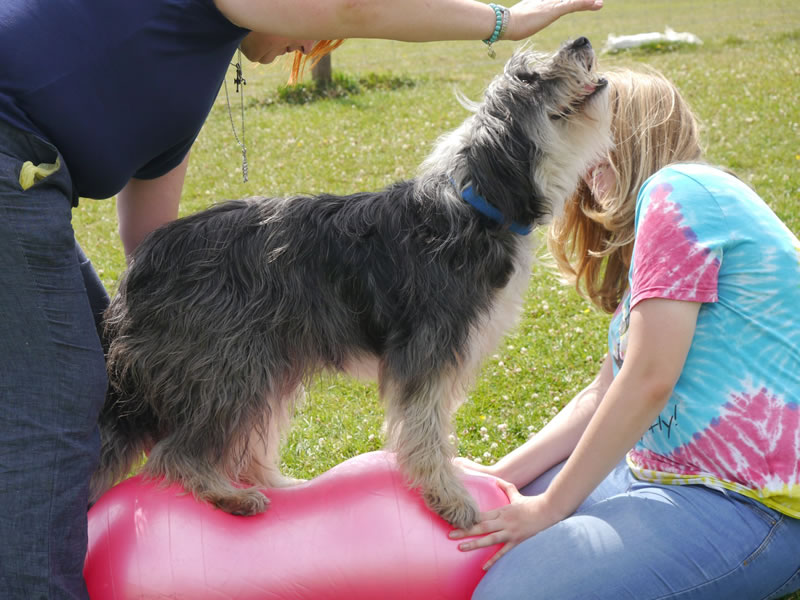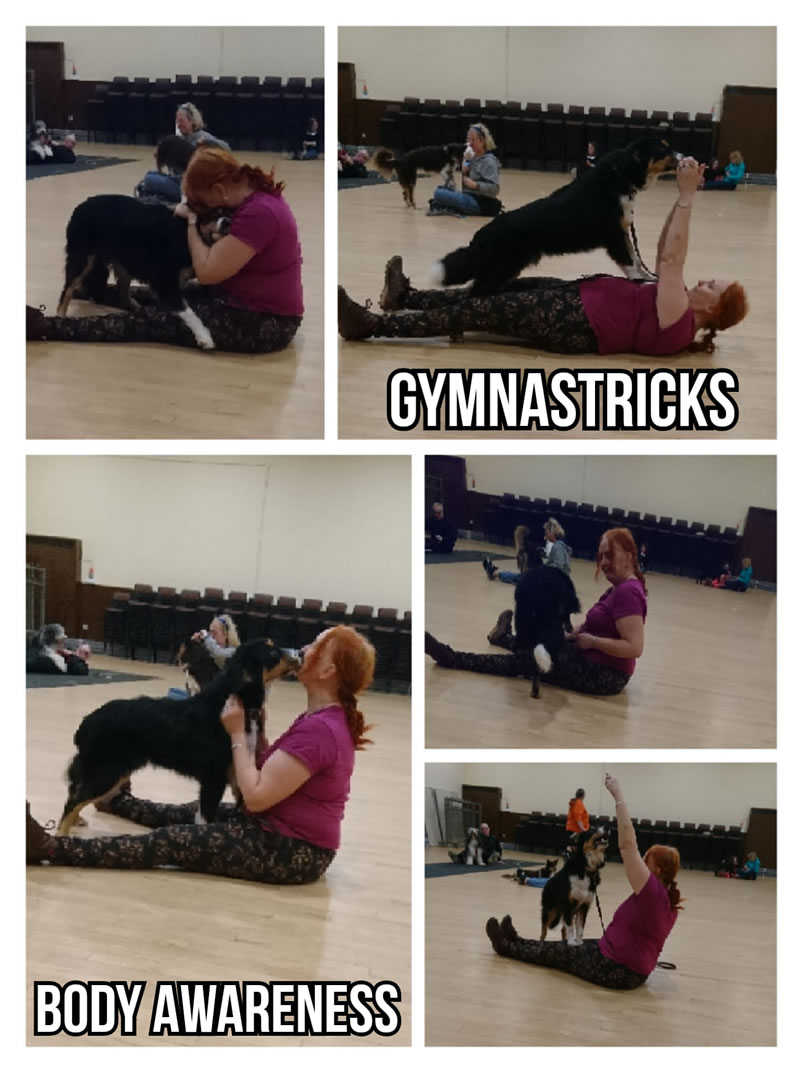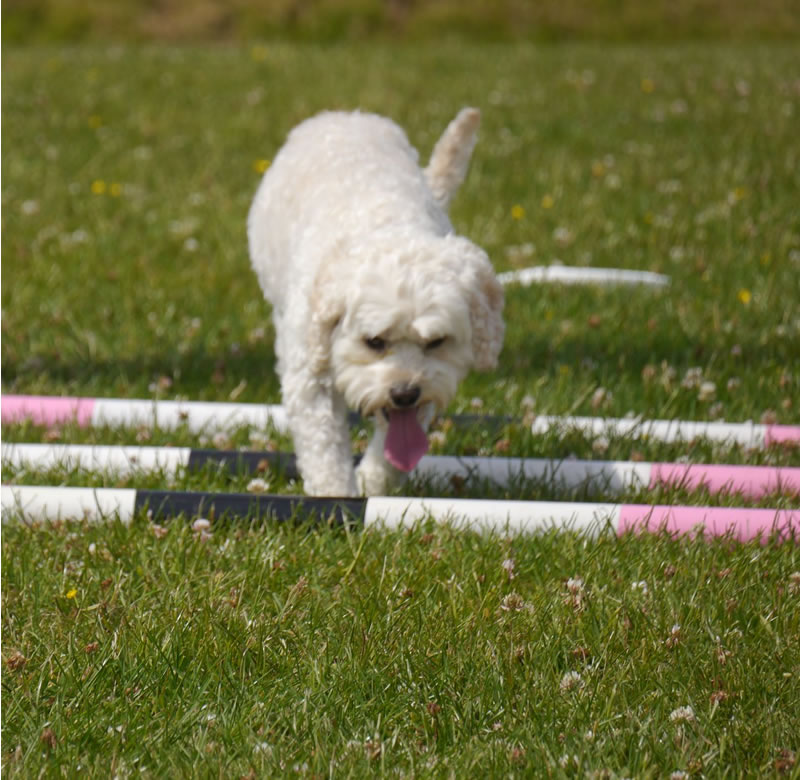Most people have heard of dog agility, and probably a lot of people have had a go at it, but what if you haven’t got the space for all that equipment? How about trying some alternative dog sports that get you outside with your dog(s) and that you can do together. Or if you are both competitive types, take part with other sporty dog lovers.
What is CaniCross?
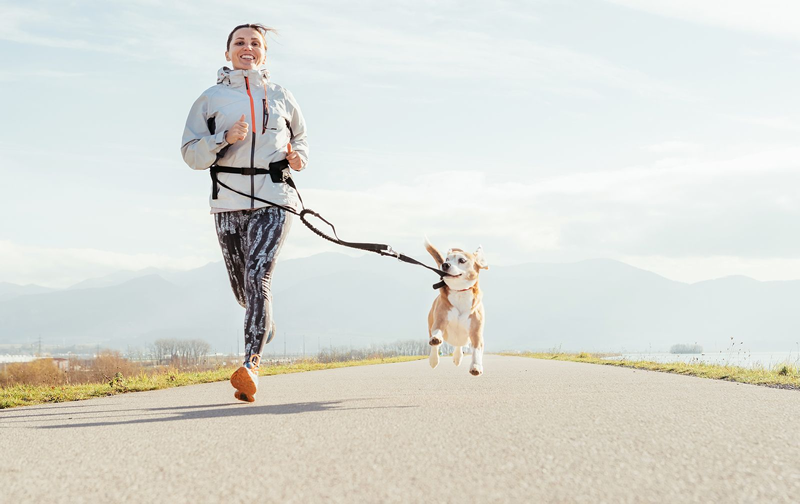
CaniCross
CaniCross is the sport of cross country running with dogs. The dog is attached to the runner’s waist with a bungee lead. It is powered, and whenever the runner’s feet are off the ground, the dog pulls the runner forward. The dog and the human form a team with the human as the driver, directing the dog from behind with voice commands. CaniCross is not only a great way to get human and canine fit but also works the dog’s mind as well as its body.
What skills does your dog need?
To successfully participate in CaniCross, your dog needs basic obedience skills. Start by teaching good lead manners during your walks. Once you and your dog are walking nicely together, start picking up the pace from a jog to a run. In addition, it’s helpful to teach your dog movement cues such as “speed up” or “slow down.”
What types of dogs can participate?
As long as your dog is fit, healthy, of the right age and able to run, you can both take part in CaniCross. Always consult your vet if unsure.
Equipment needed
The equipment needed for the dog is a comfortable fitting harness, which is suitable for running. A bungee line/lead and a waist/hip belt for the runner.
For more information:
trailrunners | CaniCross & CaniSports community
What is Treibball?
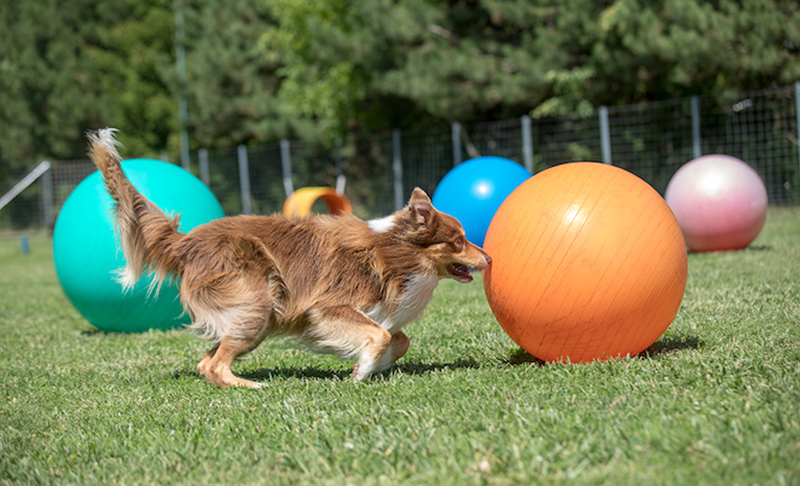
Treibball
Treibball can be best described as urban herding. It is a competitive dog sport that requires teamwork between dogs and their handlers. Together, they must drive large exercise balls into the goal in a set amount of time. Handlers can only use whistles, hand signals, and verbal commands to provide direction to their dogs and play their part in the game.
What skills does your dog need?
The distance skills and verbal cues are similar to those used in agility, but with Treibball, there aren’t the same physical demands on the handler, and so people of any age and athletic ability can play. Basic skills needed are sit and down, touch an object with the nose, turn left and right and work reliably off lead.
What types of dogs can participate?
Most popular with herding breeds, but any dog can take part whatever breed or size.
Equipment needed
You will need fitness balls of varying sizes and colours, a kid-sized soccer goal, long line if your dog is unreliable off lead.
For more information:
Here’s a great video to get you started:
What is Disc Dog?
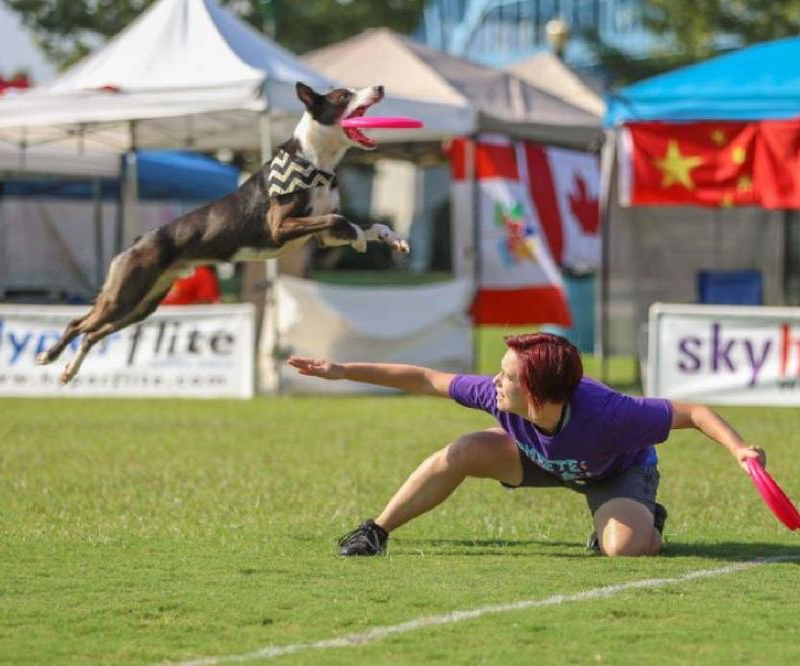
Disc Dog
Disc dog takes a casual game of fetch with your dog to a different level. Dogs take part in the sport worldwide, and there are local clubs that organise meet-ups, training sessions and small competitions. In disc dog competitions, dogs and their human flying disc throwers compete in events such as distance catching and somewhat choreographed freestyle catching.
What skills does your dog need?
It will help if your dog already likes to play fetch, but it’s not a requirement. The most important thing is a good bond between human and dog. The sport celebrates this bond by allowing them to work together.
What types of dogs can participate?
Dogs of all shapes and sizes. Check with a vet first if your dog has any fitness or lameness issues.
Equipment needed
For more information:
Other canine sporting activities
If none of these suit you or your canine, there are lots of other doggy sporting activities that may take your fancy and an excellent look book to get you both in the right frame of mind.
Tracking/nosework
Flyball
Heelwork to music
Dog Puller
There isn’t currently a UK Dog Puller Federation, so you could start your own!

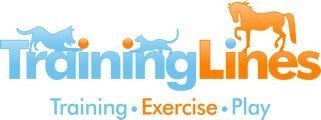
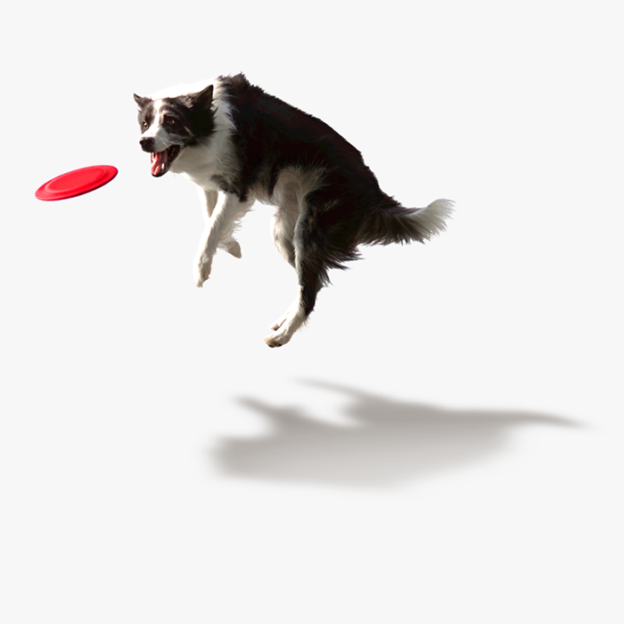
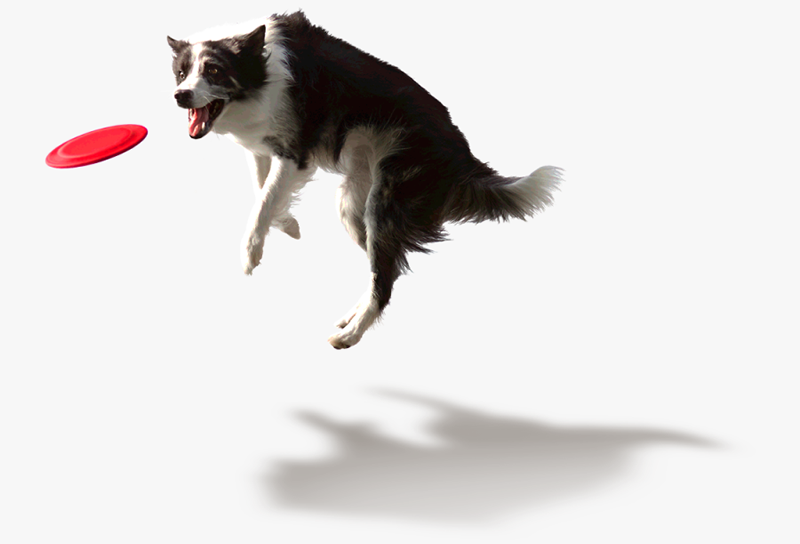
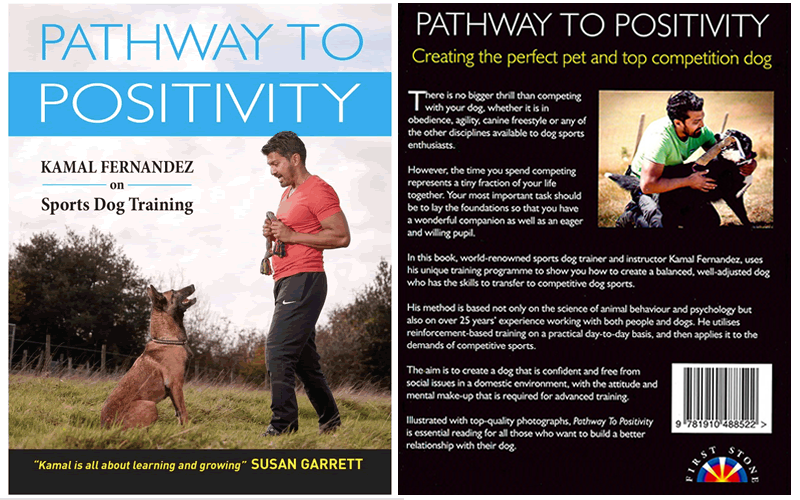

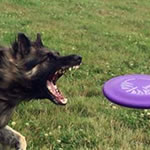
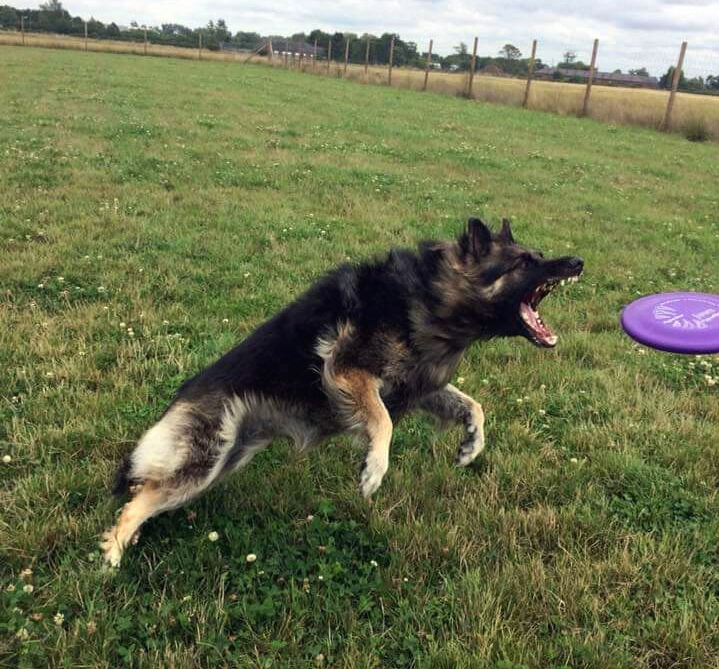 Getting started in Disc Dog has never been easier than it is now even though this canine sport is relatively new to the UK. I had seen it on videos online and I had also seen it demonstrated when I had been judging Heelwork to Music abroad but it was so very exciting to hear it had arrived here in the UK!
Getting started in Disc Dog has never been easier than it is now even though this canine sport is relatively new to the UK. I had seen it on videos online and I had also seen it demonstrated when I had been judging Heelwork to Music abroad but it was so very exciting to hear it had arrived here in the UK!
